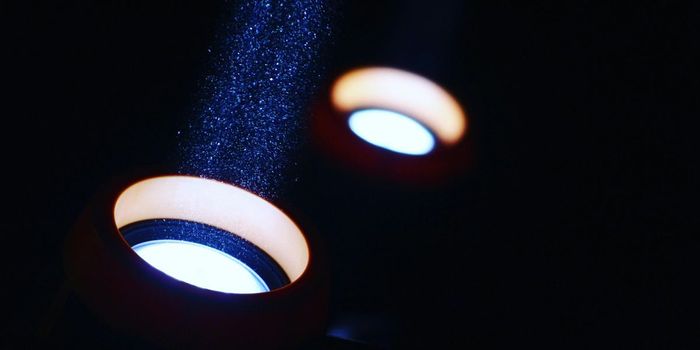"Silver Bullet" for Stinky Socks
Silver is known for its anti-microbial property for ages. As early as fourth century BC, the great Greek physician Hippocrates described the use of silver in wound care in his writings.
These days, the bacteria and fungi-resisting activity of silver has found a variety of applications because the metal ion's oligodynamic effect is highly toxic to microbes and relatively safe to human. Manufacturers of socks and other garments incorporate silver nanoparticles into their products to keep them odor-free.
But the increasing use of silver-embedded garments may be a double-edged sword: little is known about the fate of silver particles when the products are washed. A 2009 study compared nine textiles in a laundry test. The researchers discovered that the percentage of total silver lost during washing varied a lot. In the products with nanosilver incorporated into the fibers, only less than 1% particles were lost; the ones with particles loosely attached to the fibers lost as much as 45%. Moreover, it was found that the bigger the particles, the easier for them to be pulled away during wash. The authors suggested that manufacturers should optimize their products by using a method that strongly binds the particles to the fibers.
Source: ACS Reactions via Youtube








